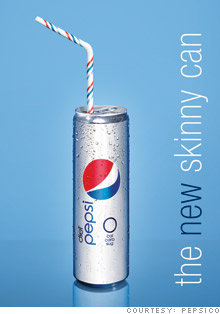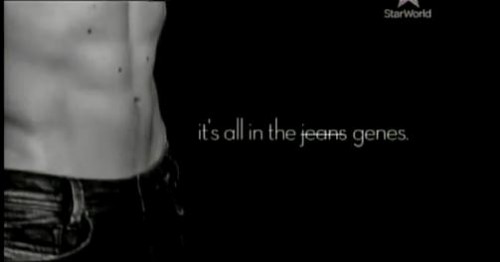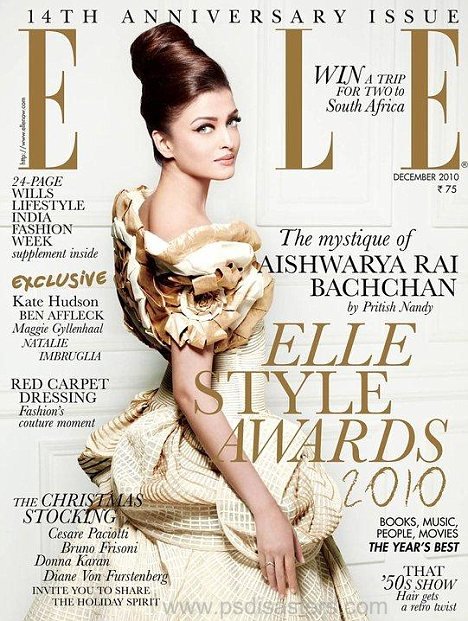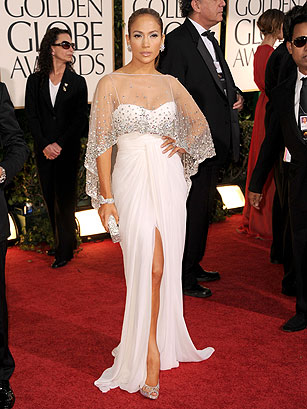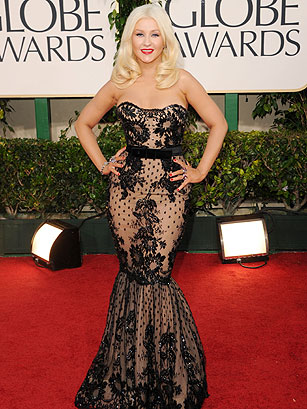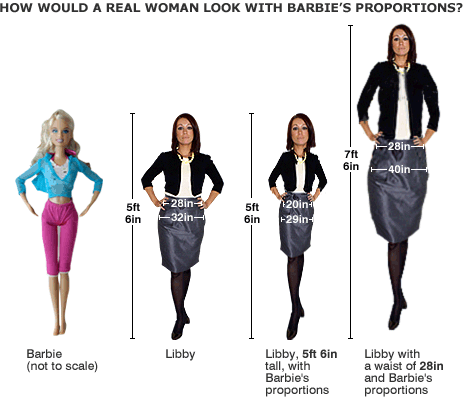
Nicole S. sent in this great example of the way that differences in bodies are used to infer a wide-range of non-anatomical differences between boys and girls (or, in this case, the other way around).
Lisa Wade, PhD is an Associate Professor at Tulane University. She is the author of American Hookup, a book about college sexual culture; a textbook about gender; and a forthcoming introductory text: Terrible Magnificent Sociology. You can follow her on Twitter and Instagram.

